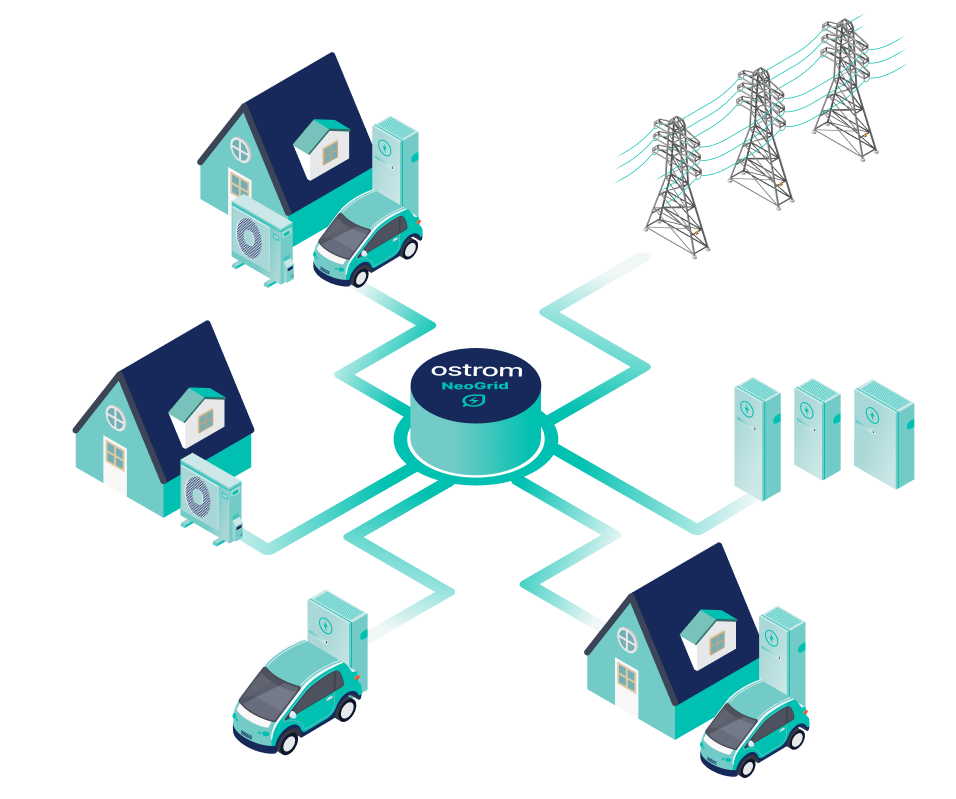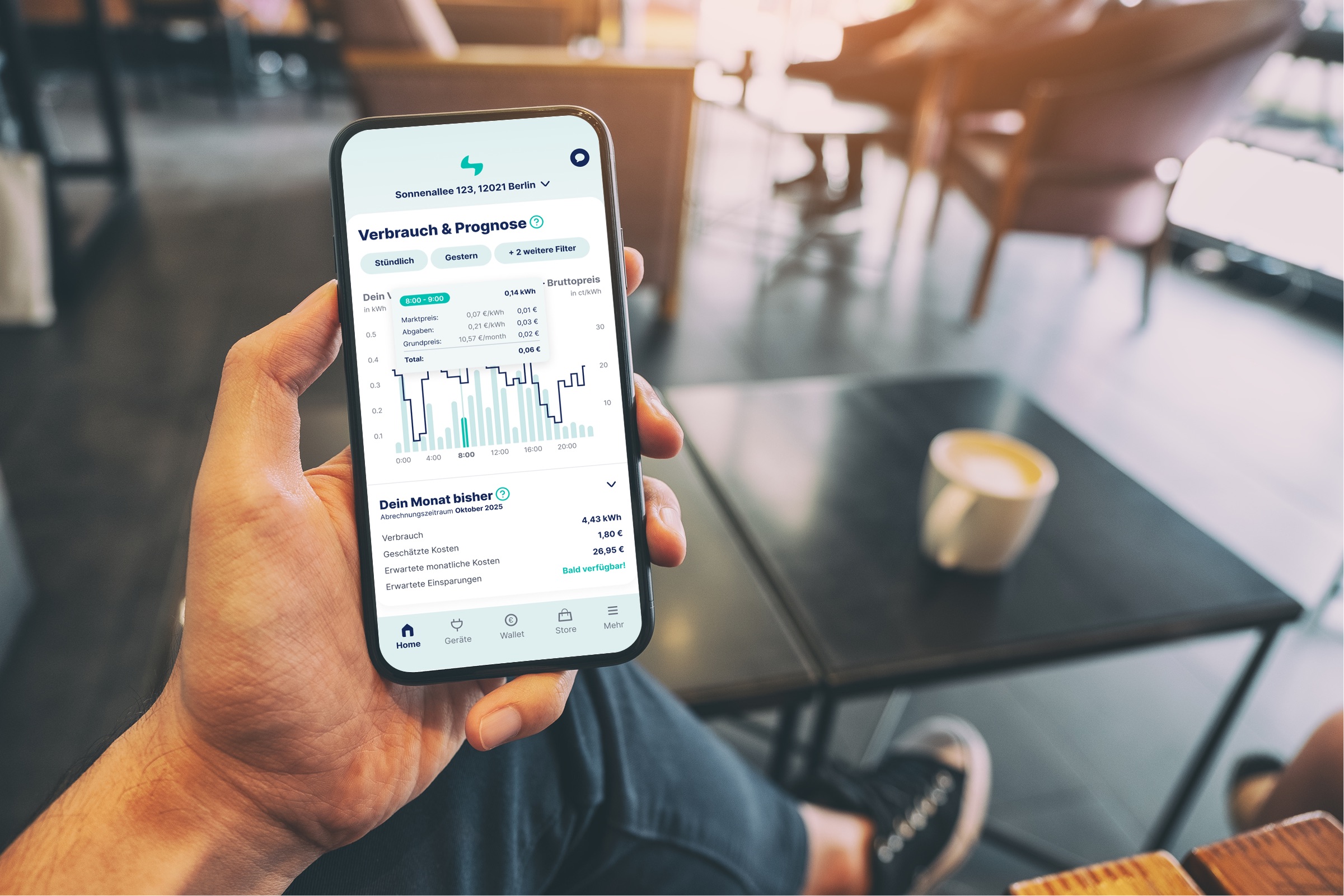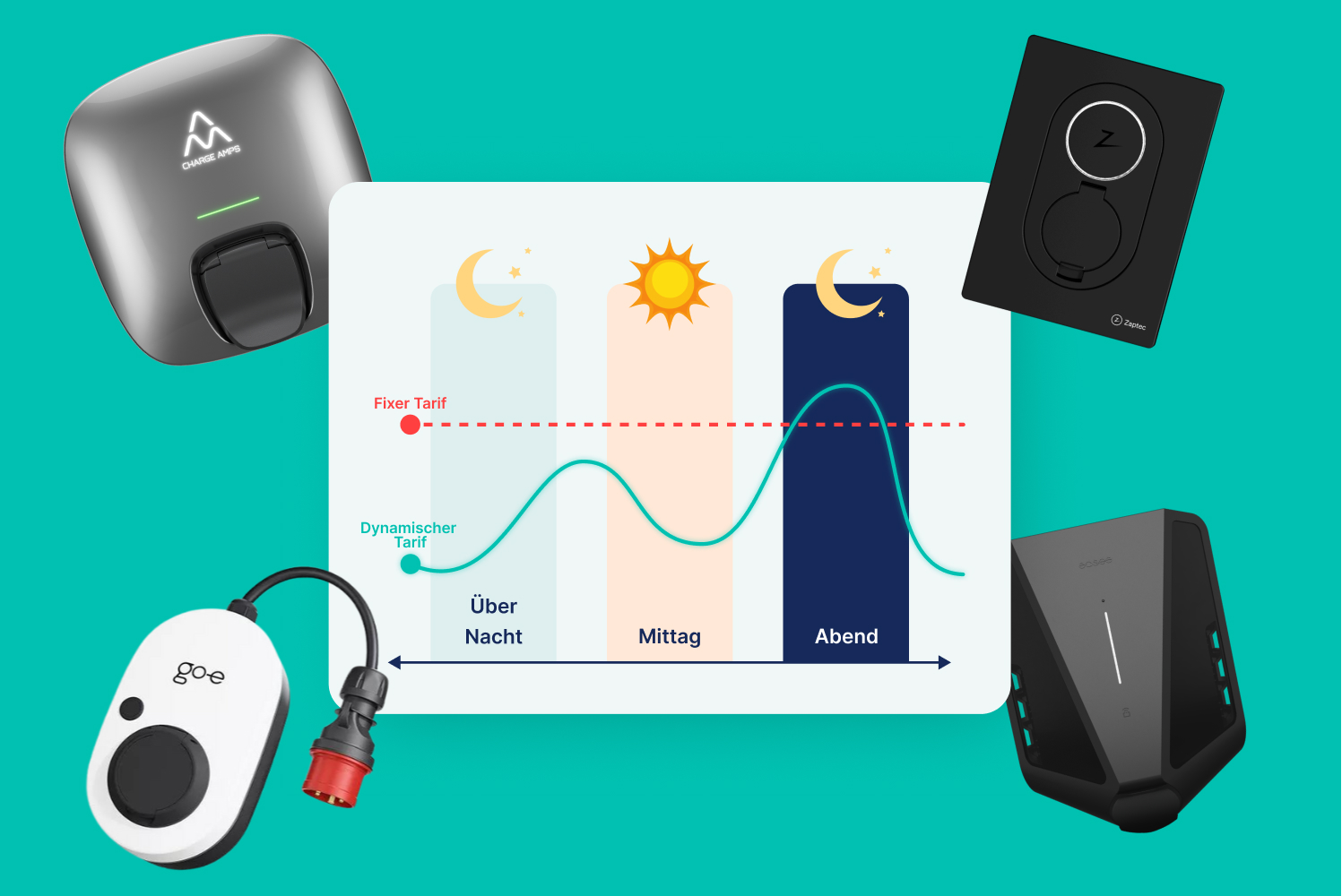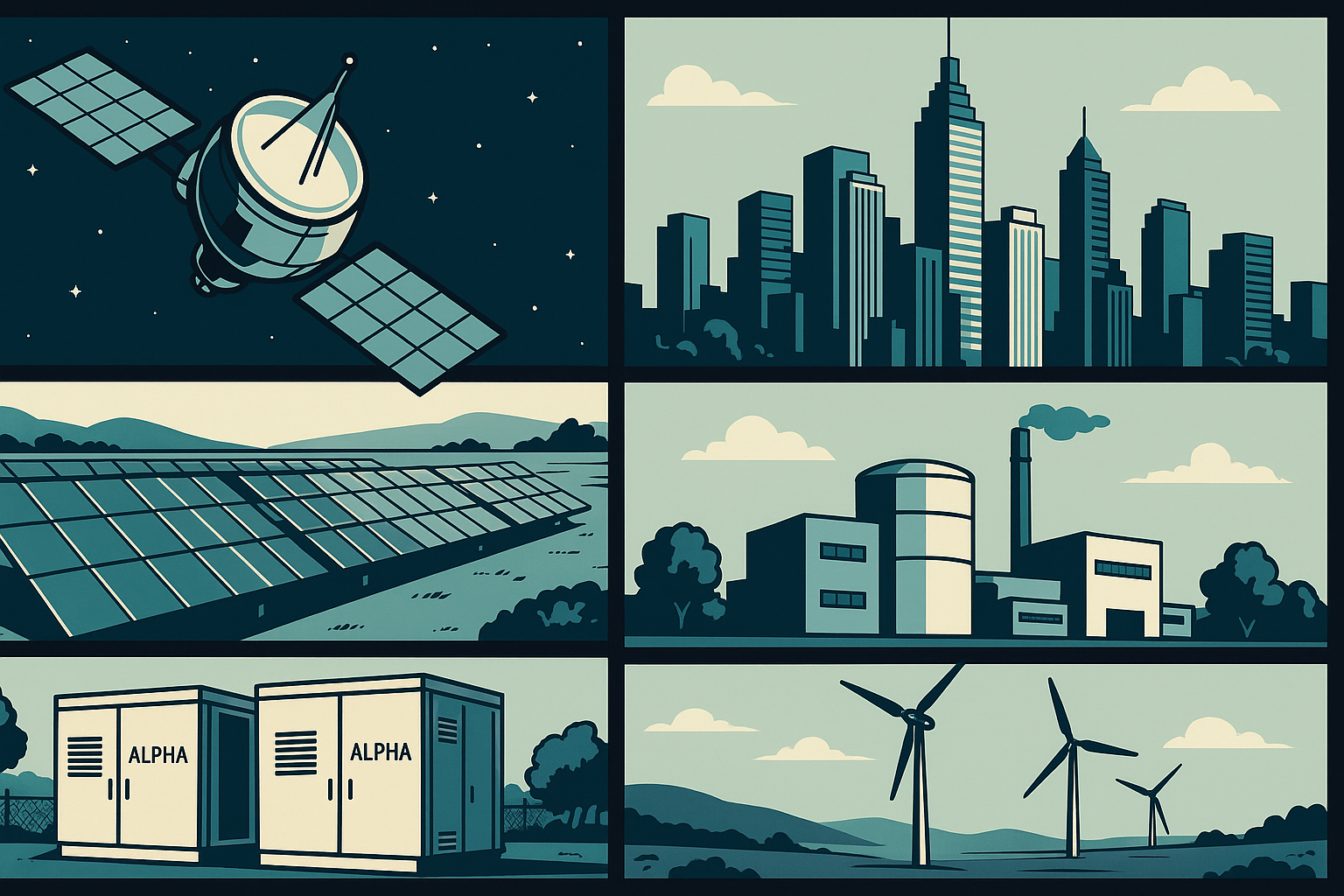Energy
Teil 4: Wie Windenergie funktioniert
By
Team Ostrom
4.10.2022

3
Min.

Windkraft ist eine Form der erneuerbaren Energie, die die Kraft des Windes zur Stromerzeugung nutzt. Sie ist eine saubere und ergiebige Energiequelle, die schon seit Jahrhunderten genutzt wird, aber erst seit kurzem einen größeren Anteil am globalen Energiemix hat. In diesem Artikel gehen wir der Frage nach, wie Windenergie funktioniert, und konzentrieren uns dabei auf Beispiele aus Europa und Deutschland.
Um Windenergie zu verstehen, ist es wichtig, zunächst die Grundlagen der Elektrizität zu kennen. Elektrizität ist eine Form von Energie, die durch die Bewegung geladener Teilchen, wie z.B. Elektronen, erzeugt wird. Sie kann auf unterschiedliche Weise erzeugt werden, z. B. durch die Verbrennung fossiler Brennstoffe, durch Kernreaktionen oder durch die Nutzung erneuerbarer Energiequellen wie Sonnen- oder Windenergie.
Bei der Windkraft wird der Wind genutzt, um eine Turbine zu drehen, die Strom erzeugt. Eine Turbine ist eine Maschine, die die kinetische Energie einer sich bewegenden Flüssigkeit (wie Luft oder Wasser) in mechanische Energie umwandelt. Im Fall der Windkraft ist die Flüssigkeit der Wind, und die mechanische Energie wird genutzt, um einen Generator zu drehen, der mechanische Energie in elektrische Energie umwandelt.
Die wichtigste Komponente einer Windkraftanlage ist der Rotor, ein großes, sich drehendes Blatt. Wenn der Wind weht, stößt er gegen die Blätter des Rotors und bringt ihn zum Drehen. Der Rotor ist mit einem Getriebe verbunden, das die Rotationsgeschwindigkeit des Rotors erhöht und die mechanische Energie an den Generator überträgt. Der Generator wandelt diese mechanische Energie dann in elektrische Energie um, die über einen Transformator in das Stromnetz eingespeist wird.
Windturbinen gibt es in verschiedenen Größen, von kleinen Turbinen für Wohnhäuser bis hin zu großen Turbinen für Versorgungsunternehmen. Großanlagen sind in der Regel viel größer als Anlagen für Privathaushalte und dienen der Stromerzeugung für das öffentliche Netz. Sie stehen oft in großen Windparks, also in Ansammlungen von Windkraftanlagen, die über ein großes Gebiet verteilt sind.
Windkraft ist eine beliebte Form der erneuerbaren Energie in Europa. Länder wie Deutschland, Dänemark und Spanien sind führend in der Windenergieerzeugung. In Deutschland macht die Windenergie etwa 18% der gesamten Stromerzeugung aus. Das liegt unter anderem an den starken Windressourcen des Landes und an seinem Engagement für erneuerbare Energien.
Ein Beispiel für einen großen Windpark in Deutschland ist der Windpark Baltic 1, der vor der Ostseeküste liegt. Der Windpark besteht aus 21 Windturbinen und hat eine Gesamtleistung von 48,3 Megawatt (MW).
Die Windenergie ist jedoch nicht ohne Herausforderungen. Eine der größten Herausforderungen ist, dass der Wind nicht immer weht, was bedeutet, dass die Windenergie unregelmäßig sein kann. Um dieses Problem zu lösen, werden viele Windparks mit anderen Formen der Energieerzeugung gekoppelt, z. B. mit Erdgas oder Wasserkraft, um Schwankungen bei der Windenergieerzeugung auszugleichen.
Eine weitere Herausforderung sind die möglichen Auswirkungen auf Wildtiere, da einige Vögel und Fledermäuse mit Windturbinen kollidieren können. Um dieses Risiko zu minimieren, müssen die Betreiber von Windparks den Standort der Turbinen sorgfältig auswählen und Maßnahmen ergreifen, um die Auswirkungen auf die Tierwelt zu minimieren.
Trotz dieser Herausforderungen ist die Windenergie eine vielversprechende Form der erneuerbaren Energie, die das Potenzial hat, einen wichtigen Beitrag zum globalen Energiemix zu leisten. Sie ist eine saubere, erneuerbare und reichlich vorhandene Energiequelle, die dazu beitragen kann, unsere Abhängigkeit von fossilen Brennstoffen zu verringern und den Klimawandel zu bekämpfen.















.avif)